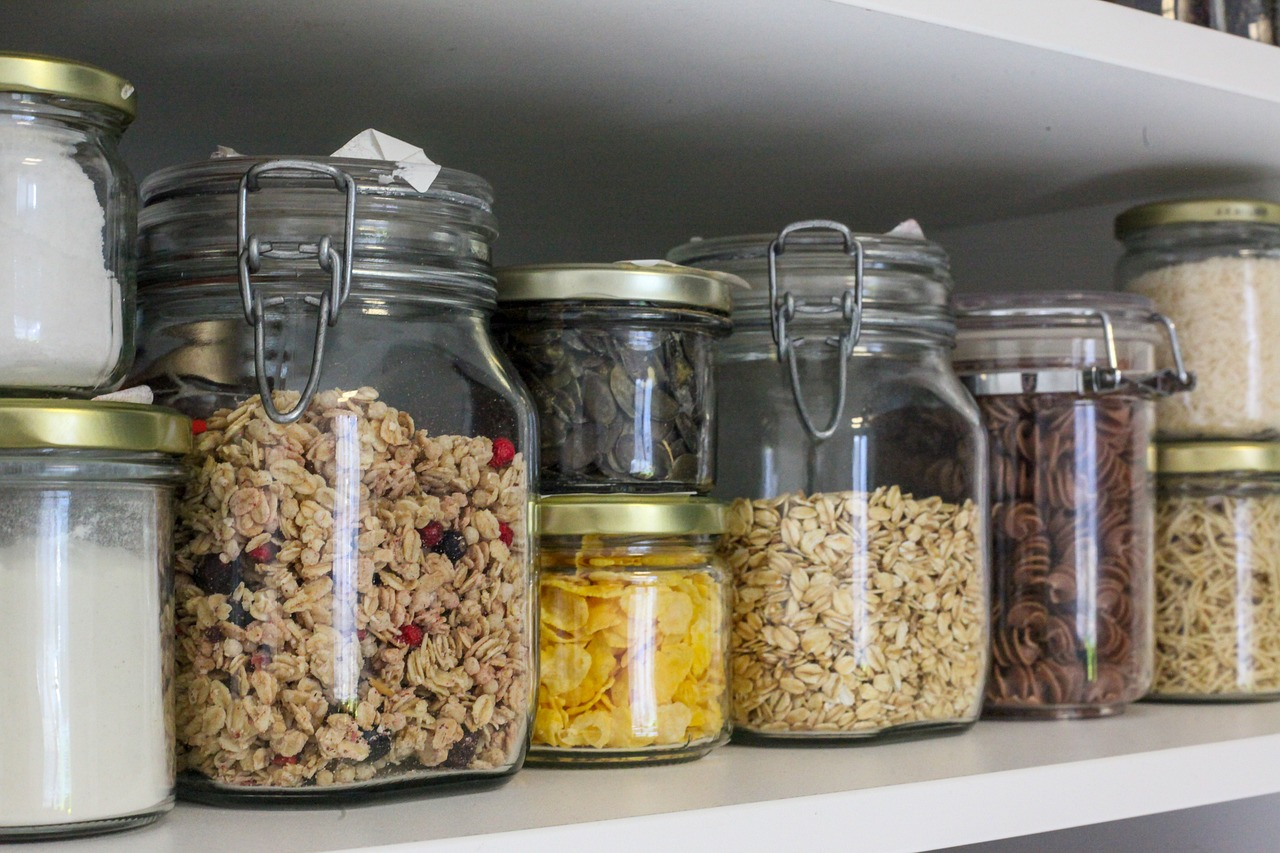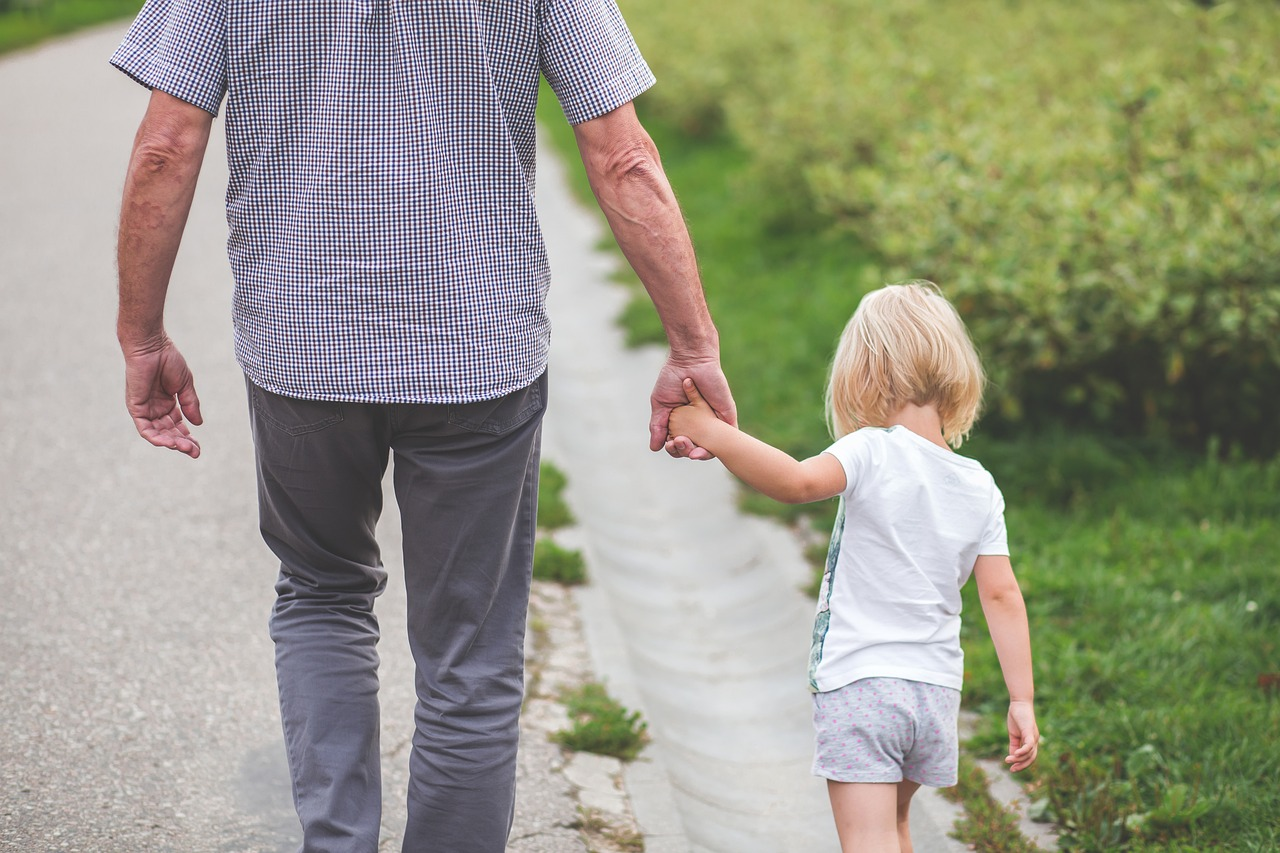Climate Crisis Action Plan
Glaciers melting, sea levels rising, the current rate of warming skyrocketing faster than at any point in recorded history, ticks moving farther north... In my last post we learned an overview of what climate change is, and climate change is not cool. However, it's not all doom and gloom! This post is a call for action, and instructions for how to do so.
There are two main ways our society needs to fight climate change: mitigation and adaptation. Mitigation is efforts to fight climate change and lessen its impacts, such as using renewable energy to lower greenhouse gas emissions. Adaptation, on the other hand, is actions designed to help us live through the known effects of climate change. For example, people are designing buildings to withstand severe weather events that are predicted to worsen. Both mitigation and adaptation actions are necessary for our survival, and it's not just the polar bears we're fighting for.
Now, are you ready to join the fight? Here's a list of ten things to get you started:
Educating yourself is an important first step in fighting climate change. Without knowledge of what it is, why care? In order to be and stay motivated to help, it is important to first understand what it is we're up against. You can learn more about climate change on my last blog post here.
2. SPREAD THE WORD
 Climate change is a global problem. The actions of every individual will determine our future. In order for us to win against climate change, we need as many people on board as possible. So talk about it! Bring it to people's attention! Politicians will make changes to help our planet if it is in public opinion—the more we talk the better. We can do this. Together.
Climate change is a global problem. The actions of every individual will determine our future. In order for us to win against climate change, we need as many people on board as possible. So talk about it! Bring it to people's attention! Politicians will make changes to help our planet if it is in public opinion—the more we talk the better. We can do this. Together. 3. DISCOVER YOUR CARBON FOOTPRINT
Carbon footprints are estimates of how much carbon you release through your day to day activities. There are many online quizzes you can use to get an estimate of your carbon footprint. This is a fun one that will tell you how many planets it would take to sustain us if everyone lived like you. Keep in mind that the results of carbon footprint quizzes are only estimates of how much carbon you release, but they are a good starting place. Once you know what it is, it will be easier for you to lower it through mitigation.
It takes a lot of resources to prepare the food we eat: production, manufacturing, handling... If the food is not eaten, then all the resources that went into preparing the food are wasted. On top of this, decaying food releases methane, a greenhouse gas much more potent than carbon dioxide. In Canada, 58% of all food is wasted or lost. Reducing food waste at home is both adaptation and mitigation. Climate change will cause food shortages in the future, making the food we have of crucial importance (adaptation). Reducing food waste will also help lower greenhouse gas emissions (mitigation). Easy ways you can reduce food waste include saving leftovers for future meals, putting older food at the front of your fridge as a reminder to eat it, and saving the peels from veggies for soup (or not peeling them to begin with!).
5. GROW A GARDEN
Gardening is a fun way to fight climate change, while also strengthening your connection to nature! It is both mitigation and adaptation, like so many other climate actions. Plants take carbon dioxide out of the air for photosynthesis and store it in the ground. That means there is less carbon dioxide (a greenhouse gas) in the atmosphere, helping to mitigate the effects of climate change. In addition, growing veggies resistant to heat and other effects of climate change will help us get the food we need in the future. If you grow a native-plants garden, that will help provide habitat for animals as their natural habitats shrink due to climate change. Both of these are examples of adaptation. Bonus points if you use a rain barrel and compost your food scraps!
6. TRAVEL GREEN
In Canada, transportation currently makes up 23% of our greenhouse gas emissions as of 2023. A large number of these emissions come from passenger vehicles. Passenger vehicles are cars and trucks that everyday people use to get around. There are a number of ways you can reduce your greenhouse gas emissions while still getting where you need to go. This will help to mitigate the effects of climate change. Electric vehicles are a good option because they produce no tail pipe carbon emissions, and the amount of money you save in gas will more than make up for the upfront cost. If electric vehicles aren't your thing, carpooling and public transit are also great options. And of course, the most environmentally friendly way to travel is by foot or bike. So, when possible, don't be afraid to walk down the block!
7. SAVE ENERGY
With the flick of a switch, a light turns on. Our heating and cooling systems are hard at work keeping our house at the 'optimal' temperature. Plugs are at the ready to charge each and every gadget we have. Have you ever considered where this energy comes from? Coal, oil, and natural gas are among the world's main sources of electricity. Burning these releases carbon dioxide--the main greenhouse gas emitted due to human activities--into the atmosphere.
Fortunately, there are many simple ways you can reduce your energy usage! Things like using one light rather than three and turning it off when you leave the room, turning the heat down in winter, turning the water off in the shower when you don't need it (it will be around the same temperature when you turn it back on in most cases), and unplugging appliances you don't use frequently (to reduce stand by electricity that uses a small amount of power even when things are turned off) are all great options.
Major fuel sources are non-renewable. That means we will run out of them eventually, and in only a few decades if we continue using them at our current rate. Non-renewable energy sources include coal, oil, and natural gas. Unfortunately, burning these fuels releases carbon dioxide into the atmosphere, disrupting Earth's natural carbon cycle and further driving climate change. If we get to the point where we burn all the fossil fuels, many environmental disasters will follow. Examples include nearly all of Antarctica's ice melting, resulting in a predicted potential 200 feet rise in sea levels.
That is why it's important to switch to renewable energy sources that produce little to no greenhouse gases and won't run out. Renewable energy sources include solar (sun), wind, and hydro electricity (movement of water). Geothermal heat pumps are a heating/cooling option that many homes have, which utilises the temperature of the ground. It has a higher upfront cost, but is much cheaper once in use. Using renewable energy sources is a definite way to mitigate the effects of climate change, and often save money!
9. REDUCE REUSE RECYCLE
We've had this message drilled into us from primary grades, but how many people actually know what it means? It takes a lot of resources to make products. We live in a world where we buy things to throw out a few minutes later (i.e. plastic water bottles). Following the steps of "reduce, reuse, recycle" will help lessen the impact of these products. Considering whether you actually need something before you buy it is the first step. If we determine that we do need the thing, reusing something you already have or borrowing from a friend will prevent energy being used to create a new product. Finally, when we have used a product to the fullest, recycling all recyclable parts will allow them to be used to make new things. That way the need to extract more raw materials is made unnecessary. Reduce, reuse, recycle. It will help for both mitigation (less carbon emitted to make and transport new products) and adaptation (as resources dwindle, we need to use them more sparingly).
10. TRACK AND CELEBRATE YOUR PROGRESS
Fighting climate change is a lot of work! Be sure to set small goals and monitor your progress to stay motivated. Don't try to implement these tips all at once--pick one or two to get you started. Be sure to reward yourself for the progress you make!
Remember: no action is too small. We will save our planet. Together.











Comments
Post a Comment